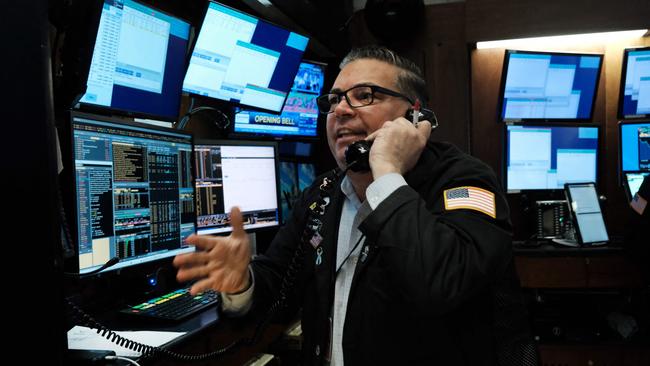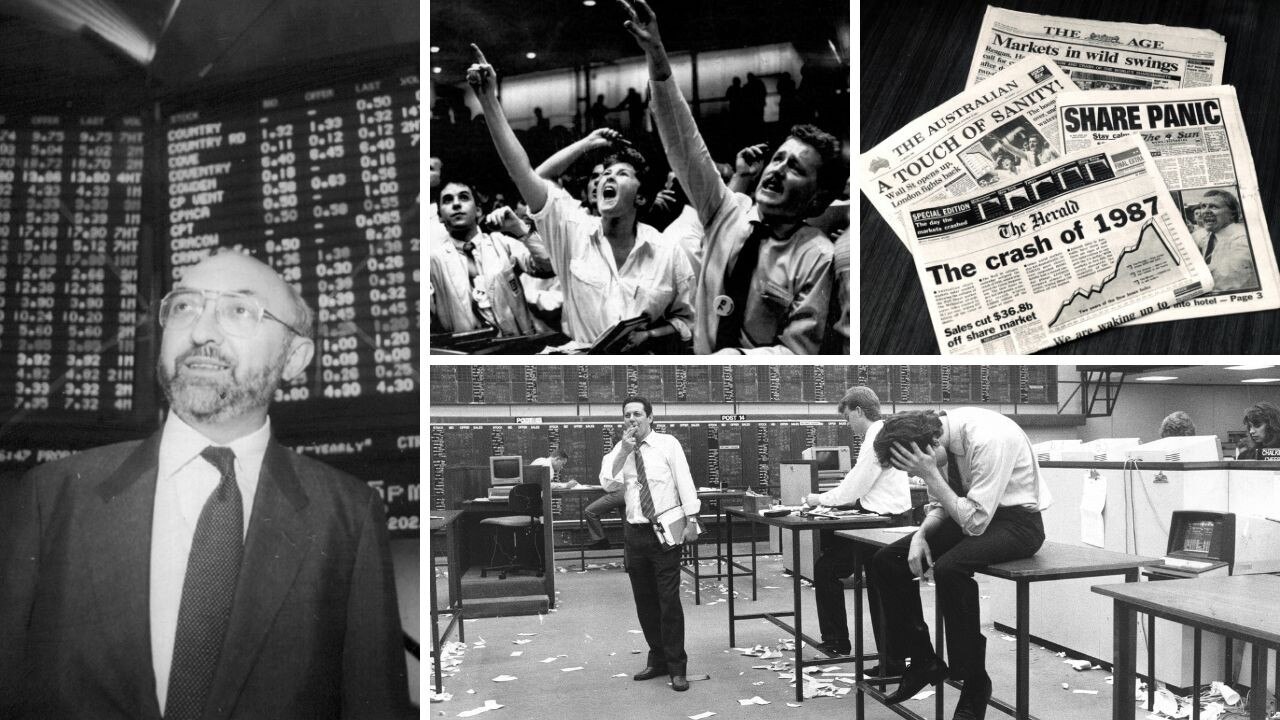Rate pauses won’t deliver investor clarity
Forecasters are jostling to predict when the US Fed Reserve and our Reserve Bank will start cutting interest rates but that outlook is very premature. Here’s why.

Terry McCrann
Don't miss out on the headlines from Terry McCrann. Followed categories will be added to My News.
Both the investment and economic outlooks are in something of a nervously uncertain limbo state.
Both seem ‘waiting’ for ‘something’ to snap – beyond, this Tuesday’s interest rate decision.
Investment markets are nervously optimistic. We seem to have seen off GFC Version 2.0 – after the separate collapses of Silicon Valley Bank and Credit Suisse, on opposite sides of the Atlantic.
In the three weeks since SVB went down the Dow has gone up more than 4 per cent. The German Dax has done slightly better despite the CS ‘hiccup’ which hit German banks hardest.
Our market has picked up just under 3 per cent.
Clearly, where all markets now head will be determined by what happens to interest rates and what happens to corporate profits.
With profits to be largely driven by the state of individual economies and the combined global dynamic, feeding back into interest rates.
Interest rates everywhere seem close to peaking and then plateauing, at least for a time.
The Fed, the leader of the pack, didn’t pause this month, but it did do only 25 points.
That was a significant move away from the 50 and 75 pointers it had been doing. Absent a bad inflation shock, it will likely pause at its next meeting.
We are likely to see similar turning points at all the other major central banks, including of course our own this Tuesday.
Now, there seems to be a generalised assumption that rates could then only go down – the forecasters are jostling to predict when the Fed moves to cuts, plural, along with our Reserve Bank.

I suggest that is a very premature belief.
My reason is because ‘everything else’ that matters is also in various strange states of limbo – a sort of nervous stability that you know really can’t last, and could break either way. From oil prices – energy prices more generally.
To what‘s really happening in the Chinese economy - easily right now the most important, even more important than the US, for which way the global economy will ultimately pivot.
The stalemate in Ukraine has played into the nervous stability we’ve seen in the oil and gas market, which has seen oil prices near $US60 ($90) a barrel.
To me, the new OPEC+ commitment to marginally cut oil production actually adds to the uncertainty than resolves it. It could break the limbo state if it really did send oil prices back above $US100 ($150) a barrel, with obvious – negative – consequences for both inflation and the global economy.
But it is decidedly unclear that it will have much impact at all.
Is the US economy teetering on recession, which could see the Fed switching – but when? – to those rate cuts rather than an extended plateau?
Or further hikes. If inflation, specifically, defying the rate hikes so far? Will any Fed pause be short-lived?
The same two-way uncertainty applies here.
Are the builder collapses likely to see our rate pause play into subsequent cuts?
Or will wage rises breaking above 4 per cent lock inflation into a 6 per cent plus level; forcing the RBA to return to rate hikes?
Originally published as Rate pauses won’t deliver investor clarity



